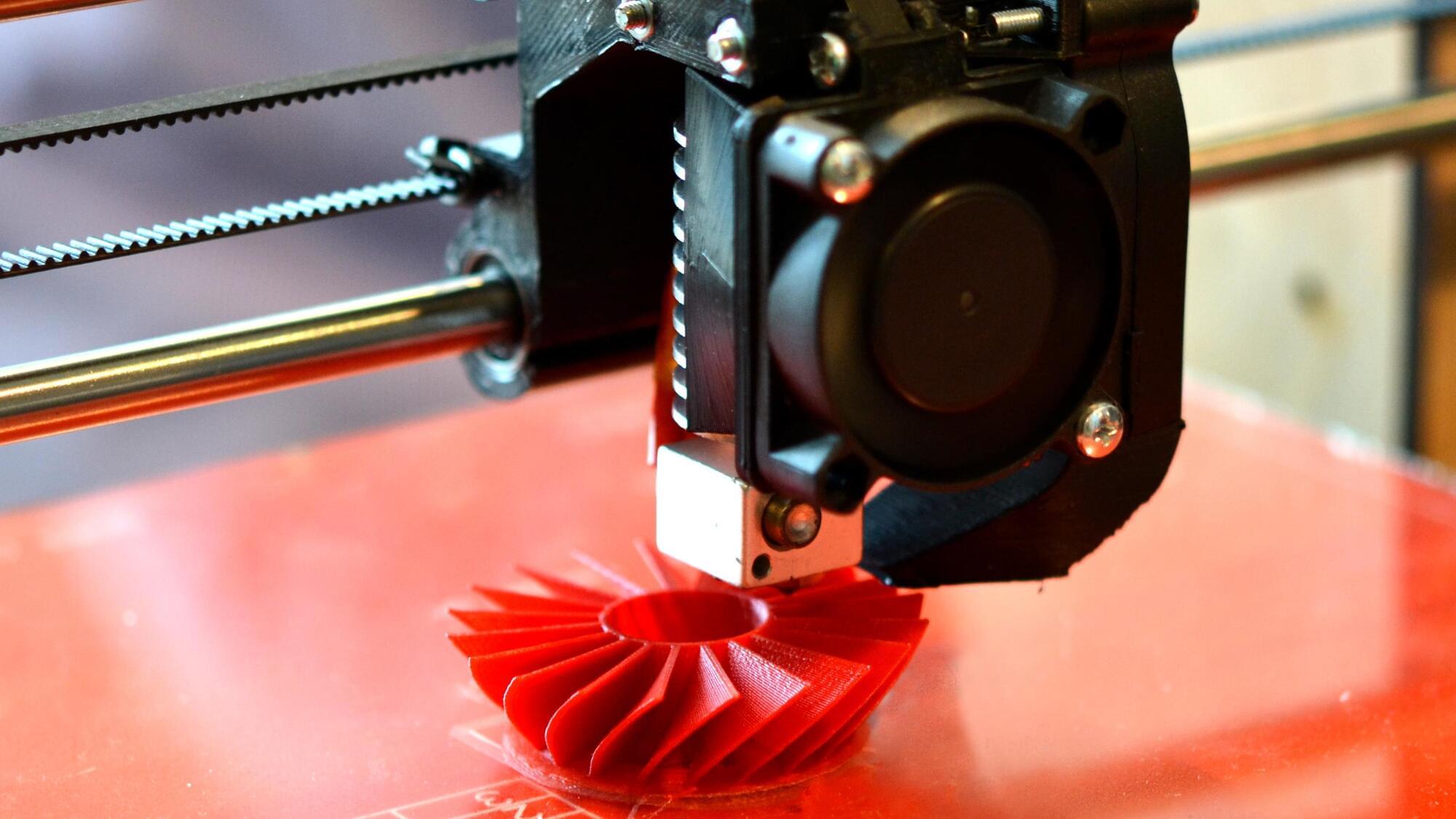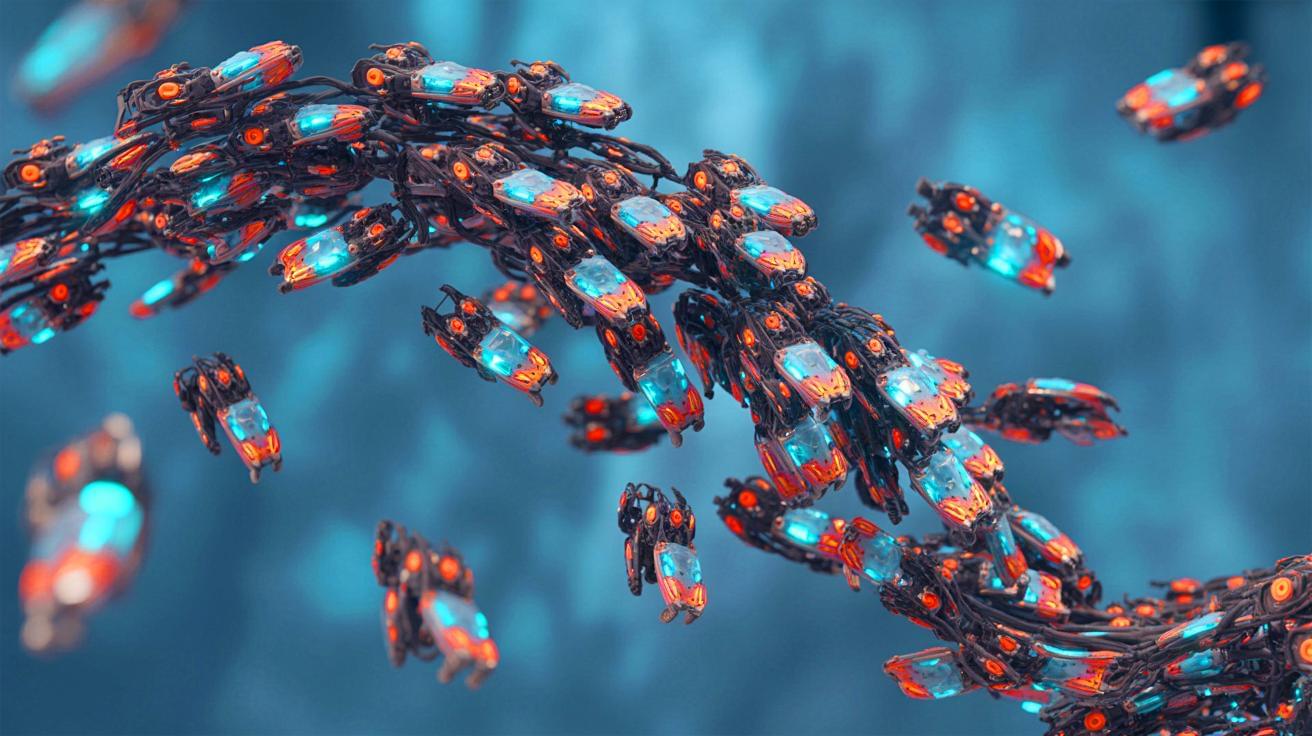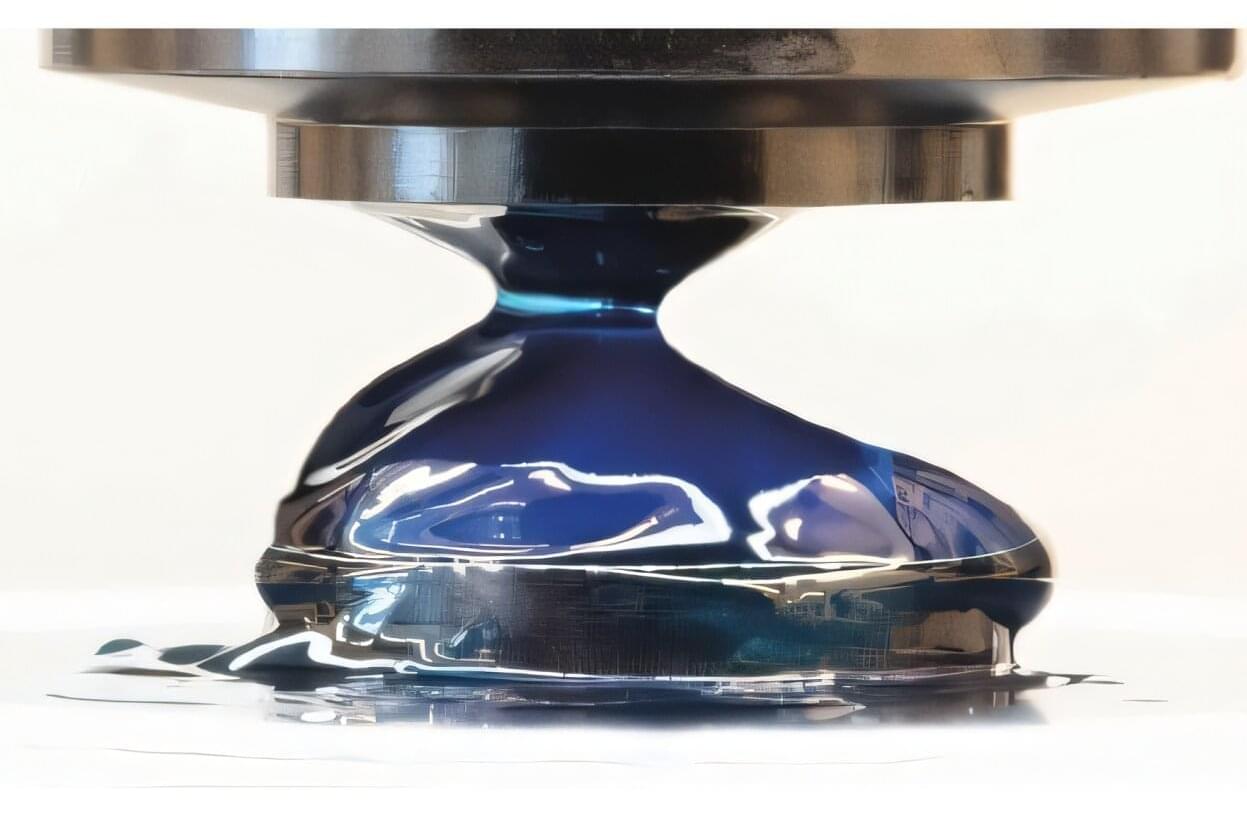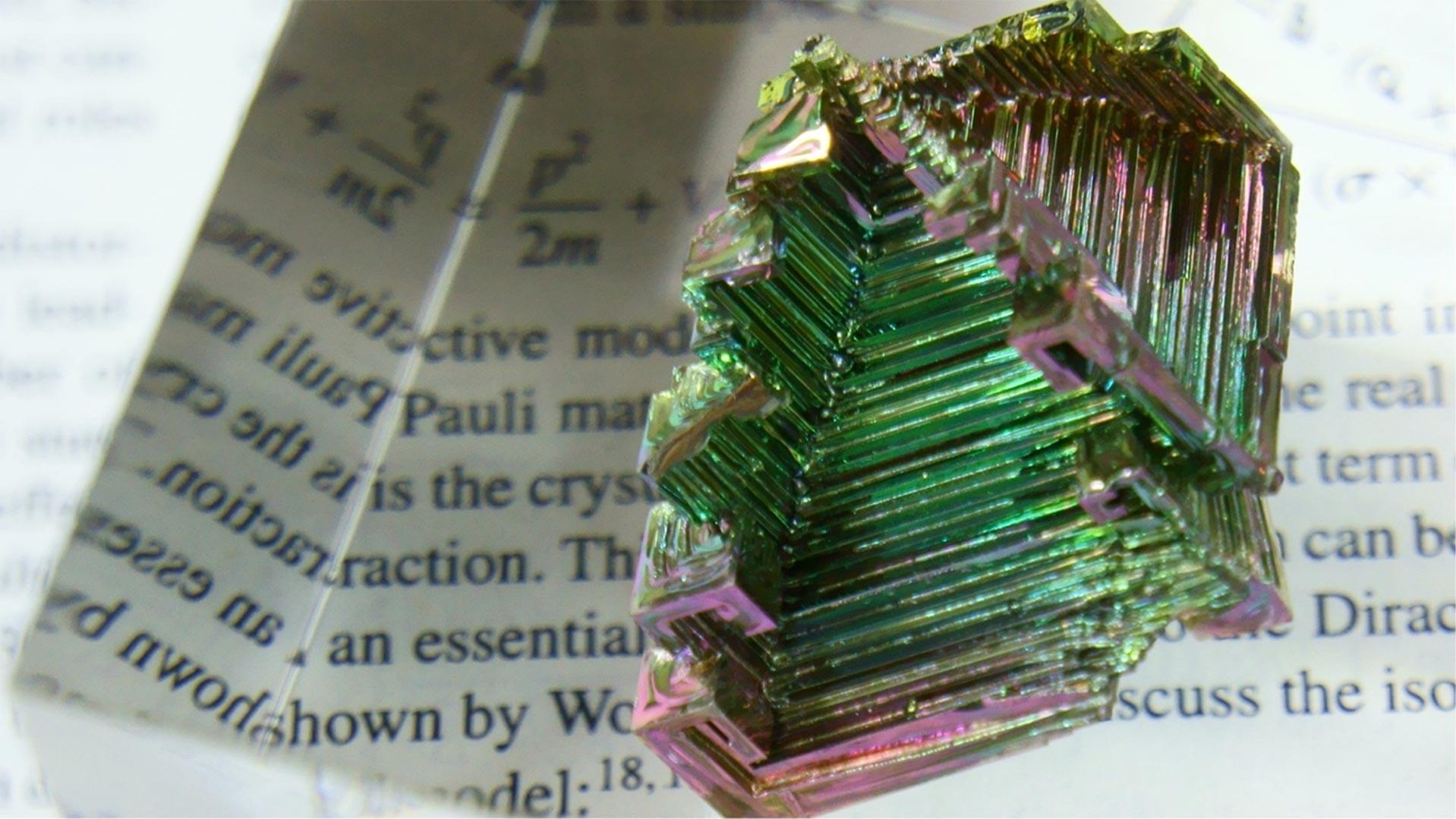Resin printing just got even better.



Among the crystalline materials whose edges host exotic quantum states are the Dirac semimetal and the Chern insulator. In the semimetal, the edge states are localized and not protected from perturbations by their topology; in the insulator, they move in one direction and are protected. Proposed by theorists in 2011, a hybrid phase called a Chern semimetal simultaneously hosts localized and one-way edge states, both with topological protection (see Synopsis: Quantum Hall Anomaly in 3D). Now Jianfeng Chen and Cheng-Wei Qiu at the National University of Singapore and their colleagues have realized this phase in a two-dimensional photonic metamaterial [1]. The researchers say that their system provides a platform for nanophotonic applications and a playground for topological physics.
The researchers built a honeycomb-shaped, single-layer array of millimeter-sized magnetic rods. They then applied a carefully tuned, spatially varying magnetic field to this array, creating a pattern in which only specific rods were magnetized. Lastly, they placed a source of microwaves at the array’s boundary and observed how the microwave radiation traveled through the structure. The team found that the magnetization pattern caused some radiation to localize at the array’s boundary and other radiation to move in one direction around the boundary. All these edge states were topologically protected in that they were immune to scattering caused by slight differences in the alignment, shape, and size of the rods and other material imperfections.
Thanks to the coexistence and potential hybridization of localized and one-way states, a photonic Chern semimetal can reduce the speed of transmitted radiation. The researchers found that their metamaterial exhibited a slowdown factor of up to 30 while preserving the radiation’s topological protection. They say that this capability could be useful for nanophotonic technology.

Multiferroics are materials that exhibit more than one ferroic property, typically ferroelectricity (i.e., a spontaneous electric polarization that can be reversed by electric fields) and ferromagnetism (i.e., the spontaneous magnetic ordering of electron spins). These materials have proved promising for the development of various new technologies, including spintronics, devices that exploit the spin of electrons to process and store information.
So far, physicists and material scientists have uncovered two distinct types of multiferroics, dubbed Type-I and Type-II multiferroics. In Type-I multiferroics, ferroelectricity and magnetism arise independently from distinct physical mechanisms, while in Type-II multiferroics, ferroelectricity is driven by magnetic ordering.
Researchers at Nanjing University of Science and Technology recently predicted the existence of a third type of multiferroics, referred to as Type-III multiferroics, in which magnetism is driven by ferroelectricity. Their paper, published in Physical Review Letters, could inspire future efforts aimed at identifying materials with the characteristics they described, which could be highly advantageous for the advancement of spintronics as well as other memory and information processing systems.

Quantum materials exhibit remarkable emergent properties when they are excited by external sources. However, these excited states decay rapidly once the excitation is removed, limiting their practical applications.
A team of researchers from Harvard University and the Paul Scherrer Institute PSI have now demonstrated an approach to stabilize these fleeting states and probe their quantum behavior using bright X-ray flashes from the X-ray free electron laser SwissFEL at PSI. The findings are published in the journal Nature Materials.
Some materials exhibit fascinating quantum properties that can lead to transformative technologies, from lossless electronics to high-capacity batteries. However, when these materials are in their natural state, these properties remain hidden, and scientists need to gently ask for them to pop up.

IN A NUTSHELL 🔬 Scientists have created a swarm of tiny robots that function as a dynamic, living material. 🧬 Inspired by embryonic development, these robots can change shape, self-heal, and adapt like smart materials. 💡 Equipped with light sensors and magnets, the robots coordinate their movements to transition between solid and liquid states. 🏗️

A project led by the University of Melbourne’s Dr. Manjith Bose and Professor Jeff McCallum, who are also members of the ARC Center of Excellence for Quantum Computation and Communication Technology, has identified a promising class of superconductors that may potentially avoid the need for high levels of cryogenic cooling. These advanced materials can be manufactured, be integrable and be compatible using standard silicon and superconducting electronics approaches.
To optimize the growth of these silicide superconductors, Dr. Bose and Prof. McCallum are making extensive use of high–temperature neutron reflectometry on the Spatz reflectometer at ANSTO’s Australian Center for Neutron Scattering.
Neutrons are an ideal tool for exploring extreme sample environments, such as the high pressure, temperatures or fields that are present when manufacturing circuit elements. This is because neutrons can penetrate through most common metals, allowing one to see reflective thin films deep inside furnaces, magnets and cryo-chambers.



Pounding on the bottom of a glass bottle of ketchup is one of life’s small annoyances. Getting that sweet, red concoction from its solid phase to a liquid takes too long when you’re hungry and could even require messy strategies with a butter knife.
Now a team of scientists has shown that determining the point where the solid transitions to a liquid can be predicted from the properties of the solid phase alone. The research has been published in Physical Review Letters.
The new work focuses on yielding, a phenomenon where a solid-like material starts to behave like a liquid. “This behavior occurs constantly all around us, from desserts like custards that smoothly flow onto your spoon to personal care products like toothpaste that are easily squeezed out of tubes but hold their shape on your toothbrush,” Ryan Poling-Skutvik of the University of Rhode Island in the United States told Phys.org.
